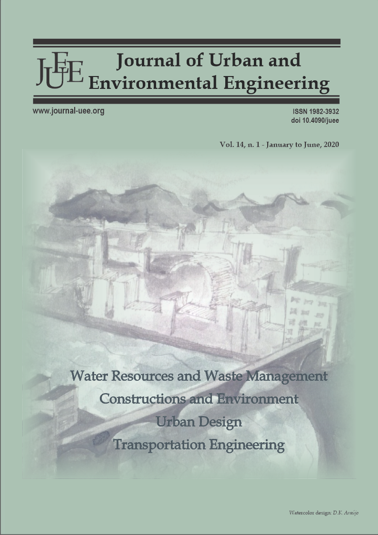EVALUATION OF PEDESTRIAN SAFETY IN FAST DEVELOPING NAGPUR CITY, INDIA
DOI:
https://doi.org/10.4090/juee.2020.v14n1.52-60Abstract
Pedestrian safety has become a major issue in most of the developing countries. Thousands of pedestrians are killed each year but still pedestrian safety remains the most ignored parameter in road design. Even after several studies, pedestrian behavior, which is a complex phenomenon remains poorly understood. Interaction and pedestrian response, especially at the intersections, is a serious concern in road safety. The primary objective of the study is to develop a Pedestrian Safety Index (PSI) by identifying the parameters on which pedestrian safety depends. These parameters have been classified as dependent parameters like pedestrian behavior, street infrastructure, and surrounding environment; and independent parameters like a signal break, crossing location, crossing type and crossing time. Pearson's correlation coefficient and ANOVA Analysis are performed to find the relationship between independent and dependent parameters. Analytical Hierarchy Process (AHP) and Multiple Linear Regression (MLR) techniques have been used to prepare the PSI model. The model depicts safety indices at different intersections along the Ring Road which is the major transportation corridor of the city. The data for the analysis was extracted from actual video footages of CCTV installed at the intersections and high-resolution satellite images. The study concludes that the PSI is found to be less at all the intersections along Ring Road and very less in the western segments of the Ring Road Corridor. The values of Pedestrian safety indices are helpful in designing the infrastructure facility at the intersection considering pedestrian safety.Downloads
Download data is not yet available.
Downloads
Published
2020-06-07
Issue
Section
Articles




